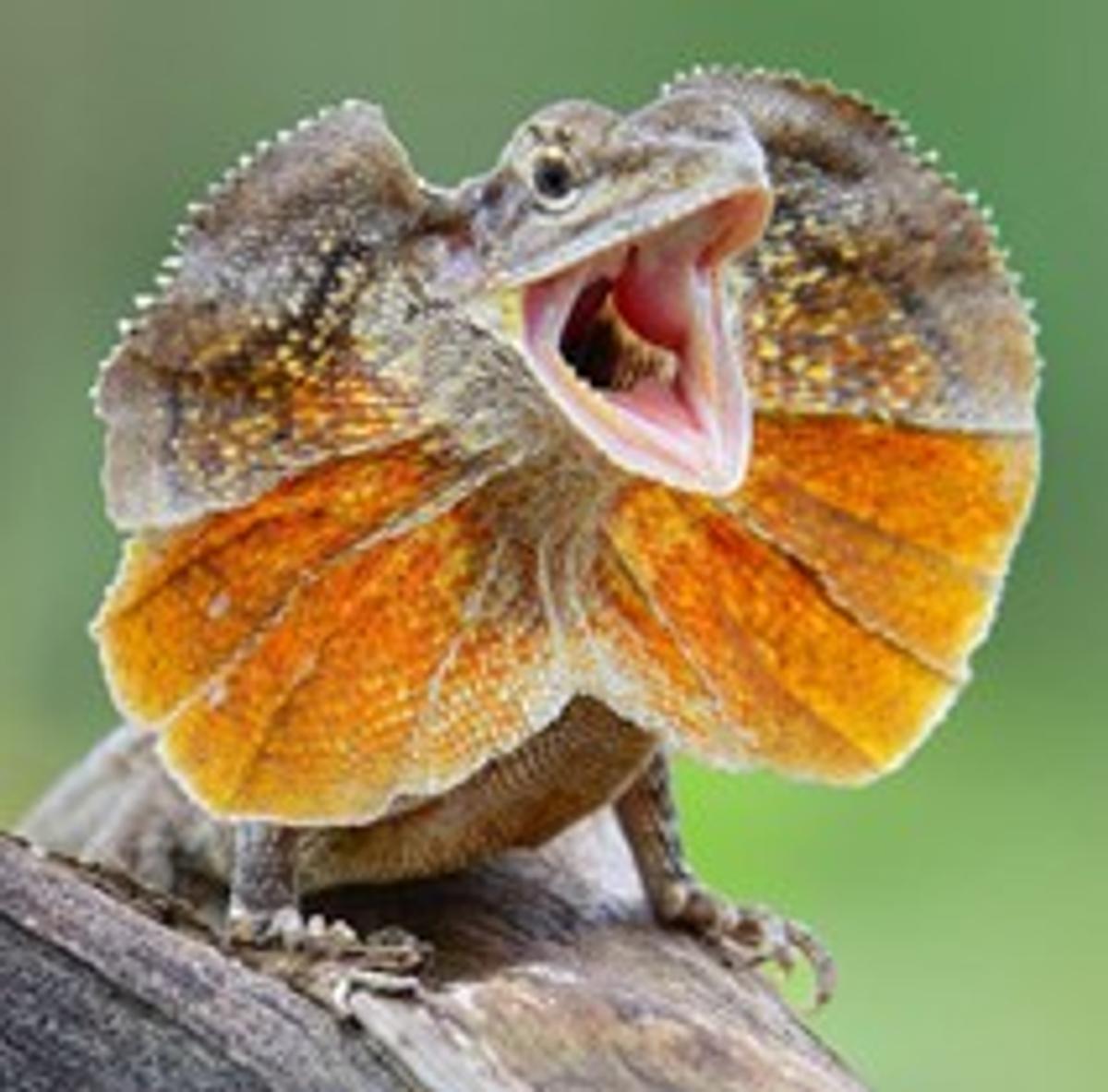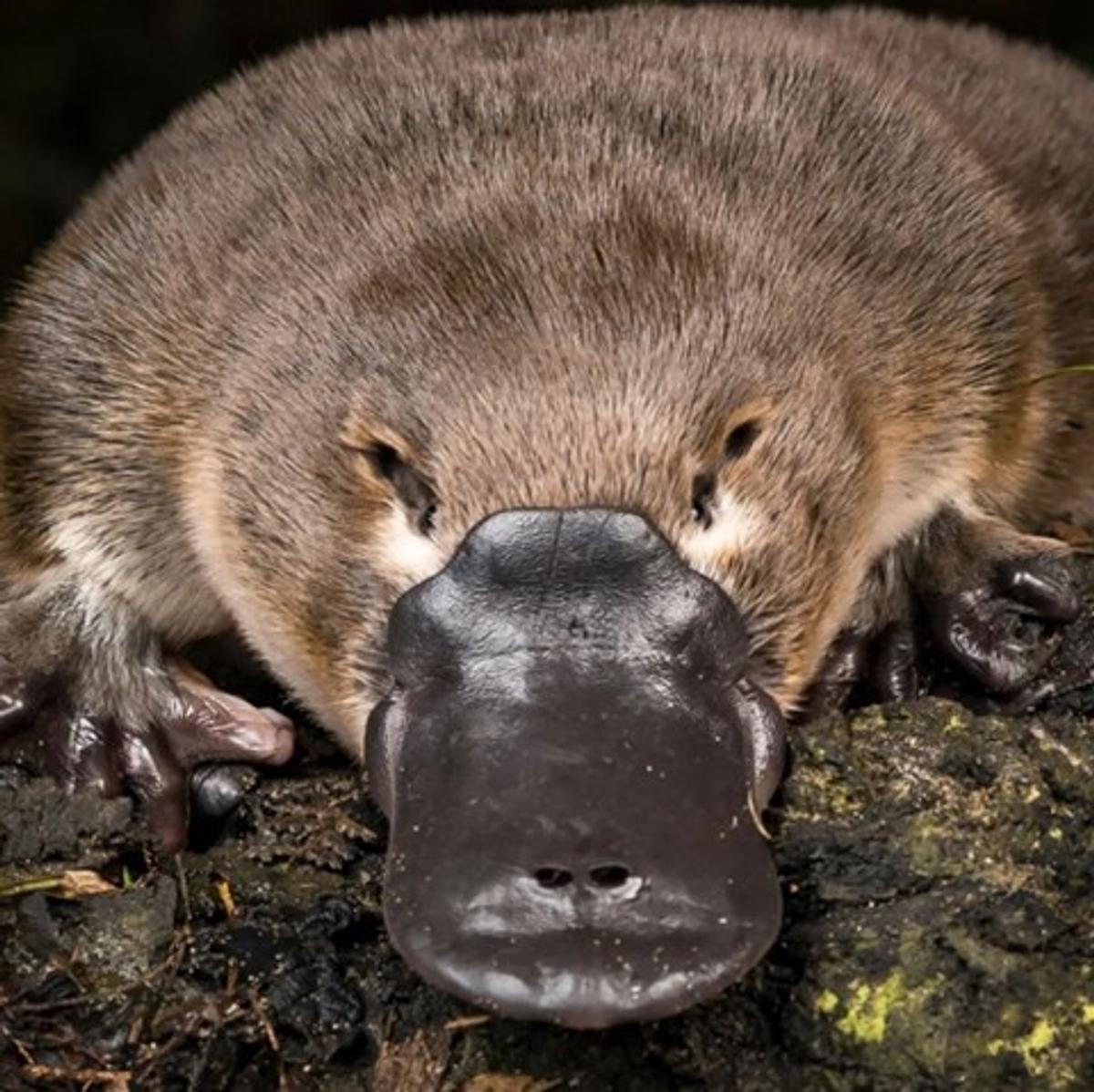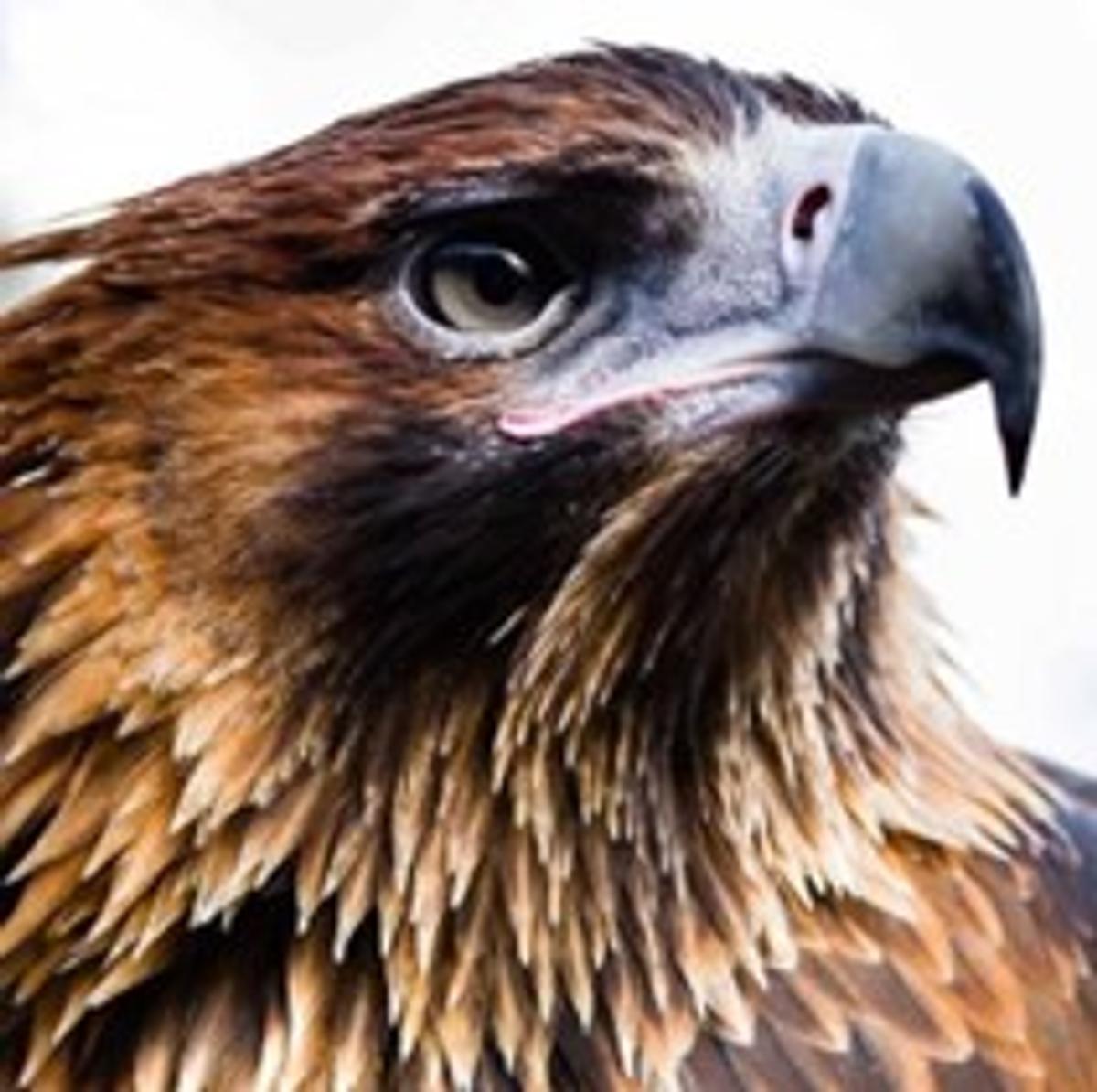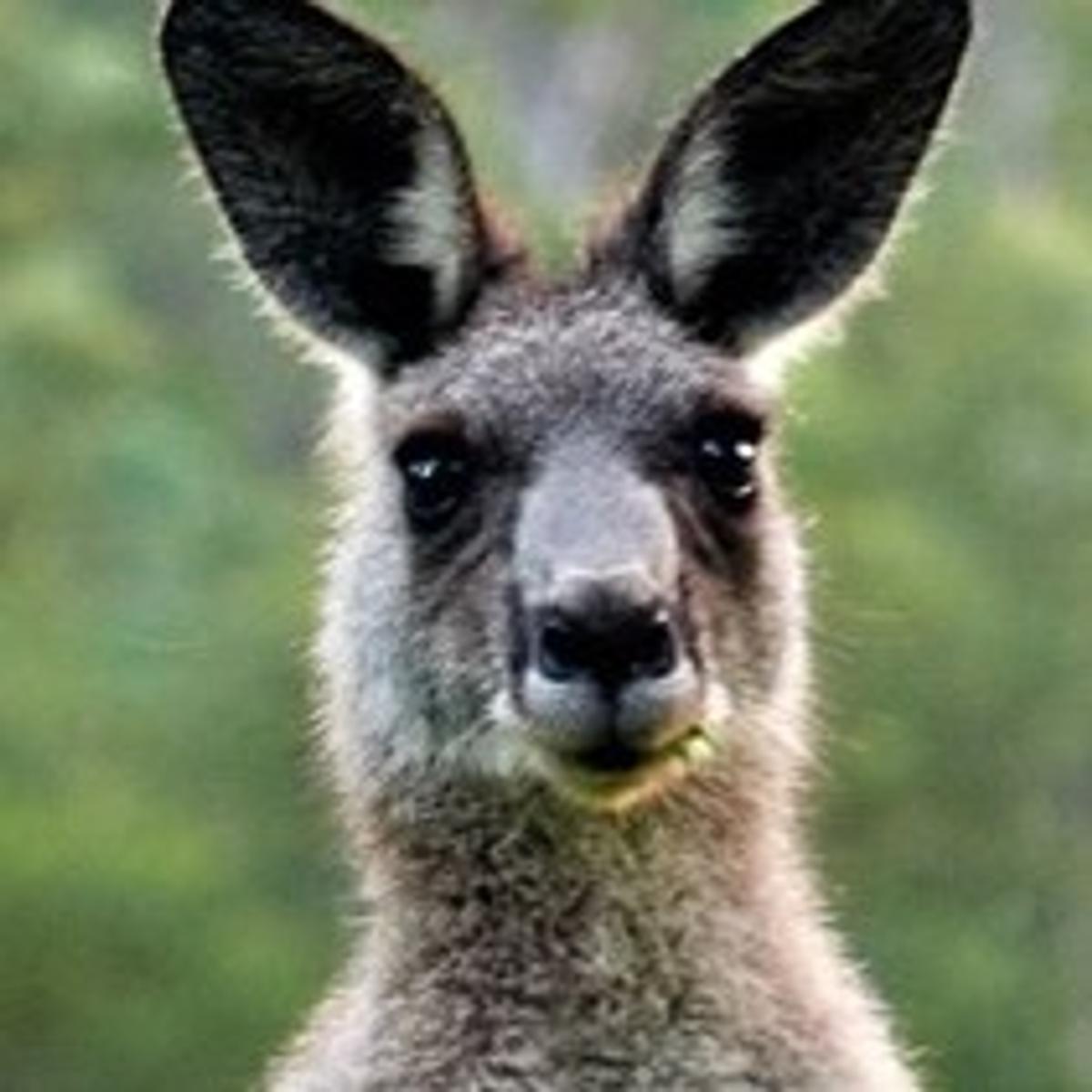New Names, New Story
Tim Dehn - Community Relations Manager

New Names, New Story
Tim Dehn - Community Relations Manager
As Term 4 ended, we announced new names for our four school Houses. We're also adding some further elements of identity to these names.
They will supercede the current names at the beginning of 2023 and will be gradually rolled out as the new student leadership for the Houses, in both Primary and Secondary, is finalised during Term 4.
Show yourself in all respects to be a model of good works, and in your teaching show integrity, dignity and sound speech that cannot be condemned
Titus 2:7-8a.
A committee of students, parents, Board members, staff and school leadership have been working together for several months to lead us through the renaming process. They were responding to a call from the groups within the school community that they represent to acknowledge the life and service of prominent Australian Christian men and women, including our First Nations brothers and sisters.
We honour the good times of the past, the times gathered as members of Sturt, Flinders, Cook and Hume; we are excited about the prospect of new stories and new experiences that will come from enjoying fellowship, good times, competition and life together as members of Burrows, Cooper, Cuthbert and Flynn.
Now the details.
The Red House – to date, known as Sturt – will now be known as Burrows House. Its patron is Eva Burrows of the Salvation Army. Eva was born in 1929 and died in 2015, having served in Africa, the UK and here in Australia.
When she was appointed General of the Salvation Army – one person taking on the Salvos' worldwide leader role - she was the youngest ever appointed, and only the second woman to hold this responsibility. Follow this link to read more about Eva Burrows:
The House mascot is a frill-necked lizard, named Padjieng in the local Wurundjeri language.


The Blue House – to date, known as Flinders – will now be known as Cooper House. Its patron is William Cooper, an indigenous man from the Yorta Yorta nation in northern Victoria, born in 1880. In his early 20s, living at the aboriginal mission in Maloga, William realised, "I must give my heart to God...." It was the first step on a faith journey that led to the establishment of a Day of Mourning on Australia Day 1938.
From 1940 until 1955, it was held annually on the Sunday before Australia Day and was known as Aborigines Day. In 1955 Aborigines Day was moved to the first Sunday in July, becoming not simply a protest day but a celebration of Aboriginal culture. Follow this link to read more about William Cooper:
The House mascot is a platypus, named Waddirrang in the local Wurundjeri language.


The Yellow House – to date, known as Cook – will now be known as Cuthbert House. Its patron is Australia’s “golden girl” of athletics, Betty Cuthbert. Having achieved 14 world records and won four Olympic gold medals in track events, Betty was diagnosed with multiple sclerosis in 1969, aged just 31.
"I went looking for (God’s) healing and found out about the Healer. That's the best thing. I get so much joy out of it ... because now I'm well known, it helps me to tell people about Jesus.” Follow this link to read more about Betty Cuthbert:
The House mascot is a wedge-tailed eagle, named Bunjil in the local Wurundjeri language.


The Green House – to date, known as Hume – will now be known as Flynn House. Its patron is Presbyterian Church minister, Reverend John Flynn. Seeing first-hand the isolation of Outback communities, in 1928 John began what became the Royal Flying Doctor Service.
At the time of his death, the Governor General of Australia described John’s heart for remote communities in these words, "His hands are stretched out like a benediction over the Inland". Follow this link to read more about John Flynn:
The House mascot is a kangaroo, named Mirrim in the local Wurundjeri language.


May the new mascots add flavour and narrative to future events, and may all we do give glory to the God who created all things, and to Jesus, our Lord and Saviour.